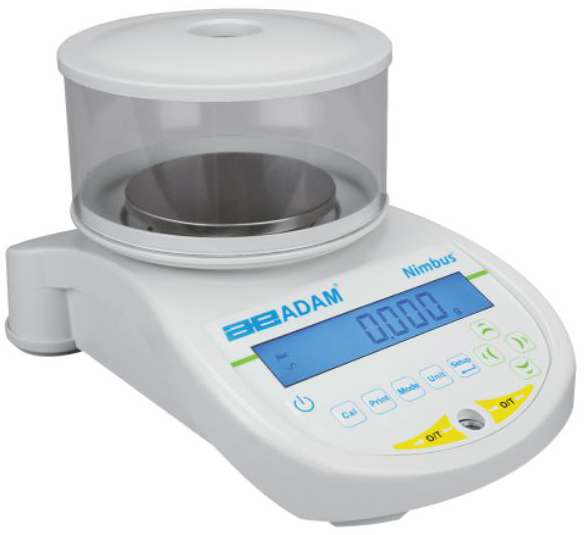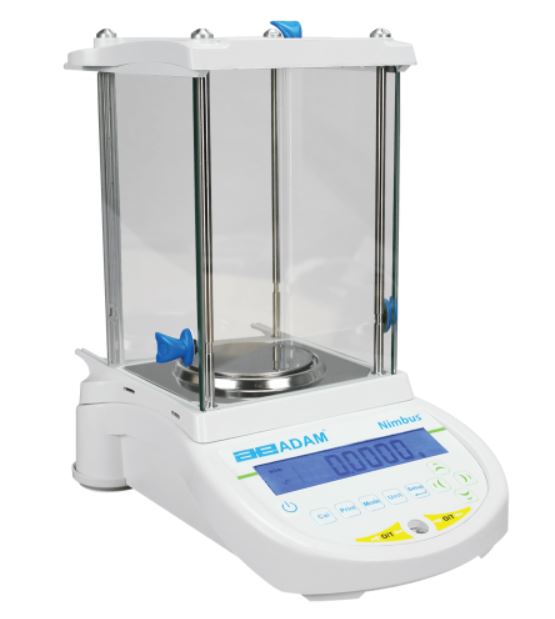Weighing Up A New Balance
How to make the right choice for your next balance
Well treated balances are, of course, designed to last a number of years and particularly if serviced regularly by a certified engineer.
However, it is also very easy for these dependable workhorses to be taken for granted and neglected. A planned review of performance, once or twice per year, can help keep their performance in focus.
Diagnosing Problems with Your Current Balance
As your balance starts to wear out you may notice that:
- it begins to need more tlc and maintenance
- it has to be recalibrated regularly and after only after a few uses
- the results are unstable, drift, or occasionally show unexplained jumps
- there is a loss of stability and a significant decrease in repeatability
- there are signs of corrosion on the pan, or key places such as the communications port
It’s worth also remembering that balances need to be operated away from vibrations, sources of static electricity, excessive heat, moisture, direct sunlight, chemical vapours and drafts.
Checklist of Causes
Don’t forget to run through this checklist of possible causes, before you spend the next hour or two trying to remember where you put the product manual, so you can look up the troubleshooting tips.
A service engineer to check out the load cells, internal calibration motors, the display and software would then probably be the next step.
But be aware of false economies. With the service & calibration / repair options we offer, we quite often see companies unrealistically trying to breathe life into unstable pieces of equipment that are really on their last legs.
A lack of budget is usually cited as the main reason for not immediately replacing the equipment. However unrealistically trying to mend failing equipment only spends more and unnecessary funds that could otherwise be re-directed into the new purchase. The ‘hidden’ cost of lost productivity, downtime, staff frustrations, technicians and failed repairs all significantly mount up.
Choosing a new balance
It’s not only broken, or worn out balances that prompt the need for a replacement. It may be that your needs have changed, or you’re looking for more advanced features.
Make a list of your ideal
A new balance can bring several efficiencies to your laboratory – including happy staff, if your old unit is a pain to work with.
- High up the list will undoubtedly be precision, capacity and the units of measure. Usually readings are from 0.01mg – 0.0001g.
- The ability of the balance to communicate with a PC/laptop, USB flash drive, or printer is one of the key requirements for most laboratories today. Many also offer multiple connection options, including RS-232 and USB interfaces, as well as Good Laboratory Practice compliant output and printouts.
- Pan size – the weighing pan must be large enough for the items being weighed, plus the container that they will be in during weighing. Where the balance will be located can also play a key part in the decision of a pan size, with perhaps space restrictions driving the need for a smaller platform.
- The location, in terms of on-site or off-site will also play a significant part in the decisions of footprint and power requirements – battery vs mains.
Other considerations include the need for:
- internal or external calibration
- below-balance weighing – sometimes referred to as underhook weighing
- lockdown
or whether the
- objects weighed will be static or moving
- the balance will be needed to calculate specific gravity
- the substances being weighed require an all-metal or plastic housing
Call 01223 492081 or email sales@tendringphysicaltesting.com to find out more about our complete range of balances.


